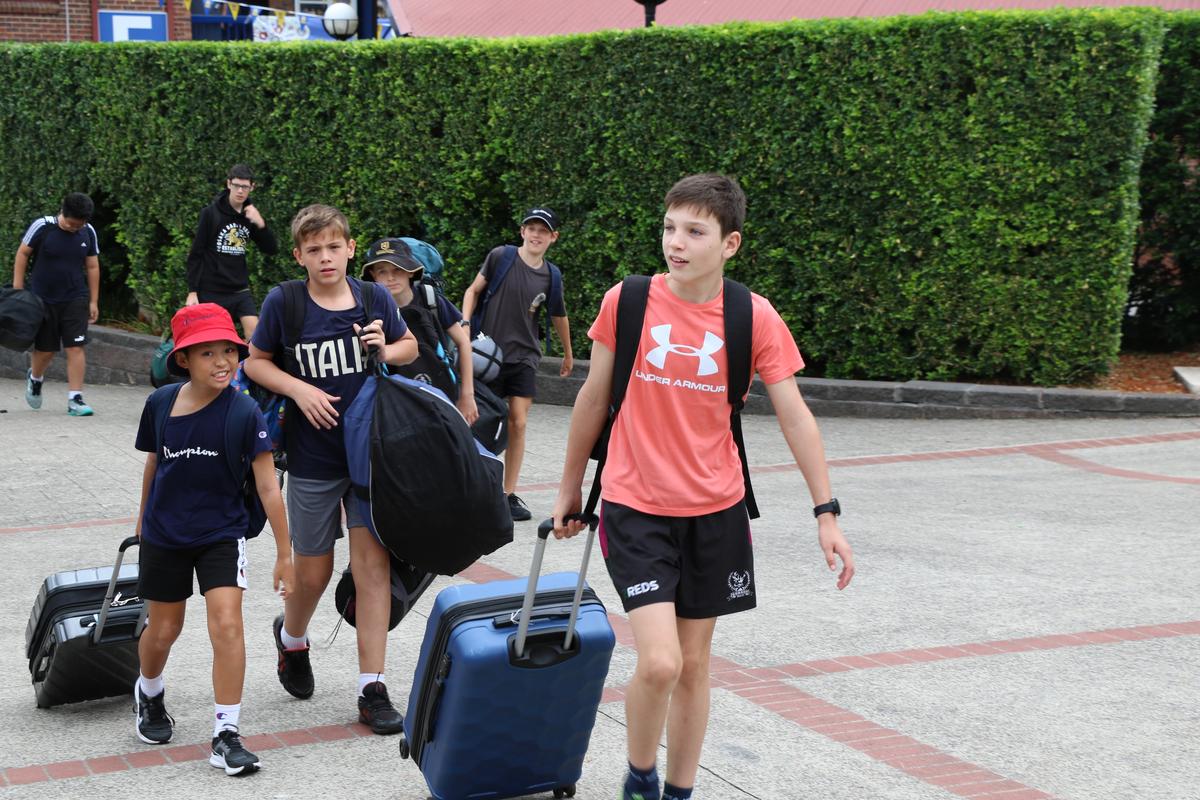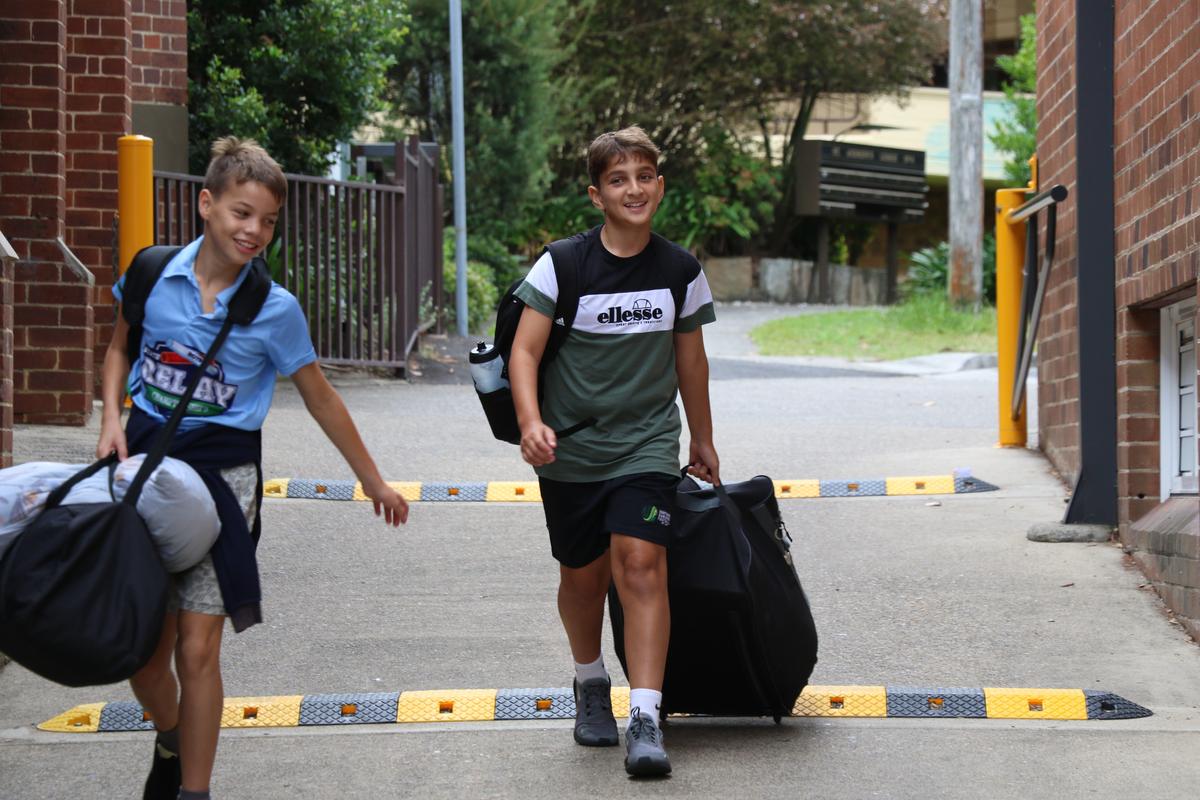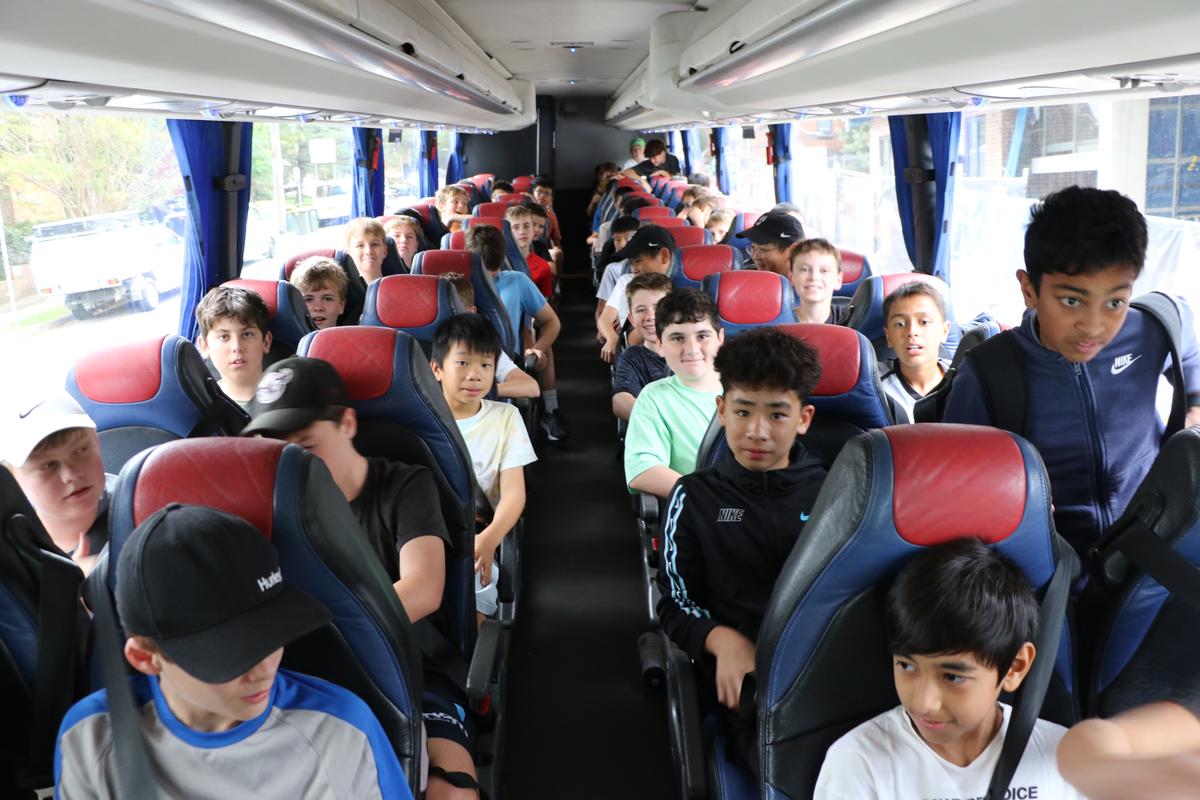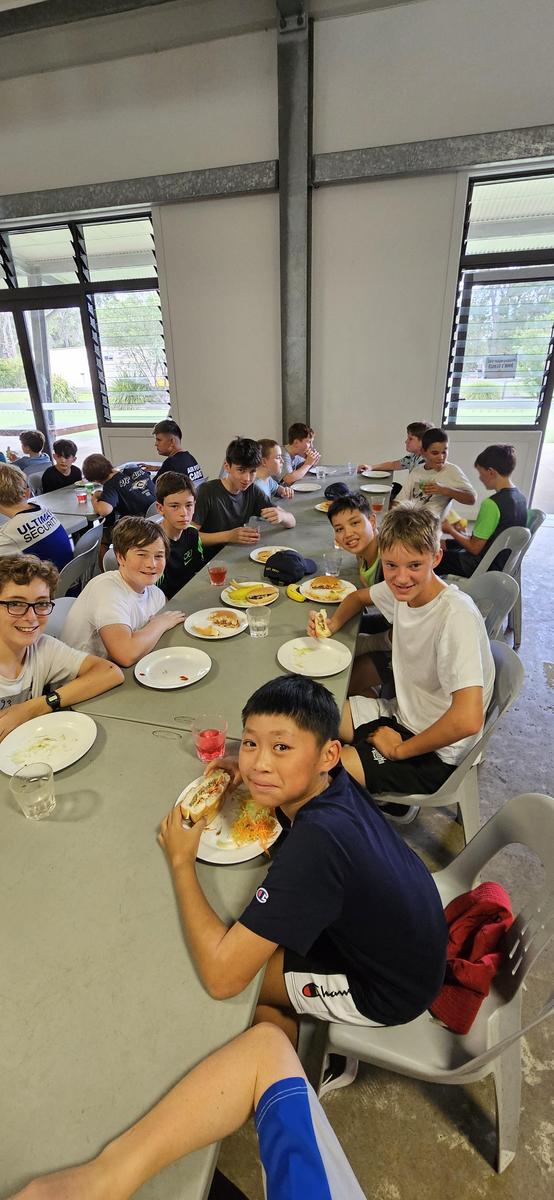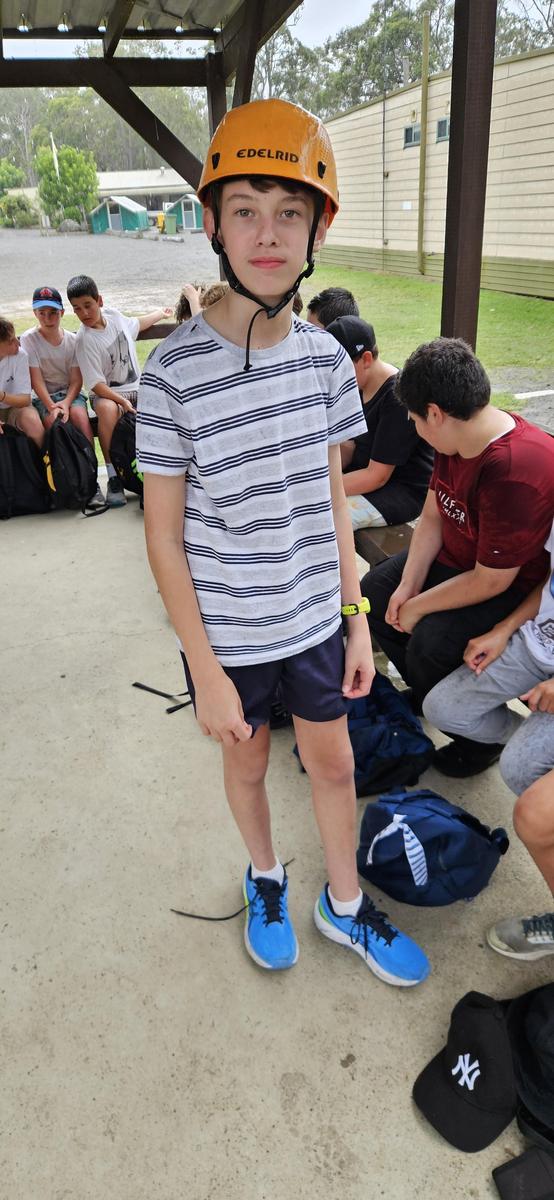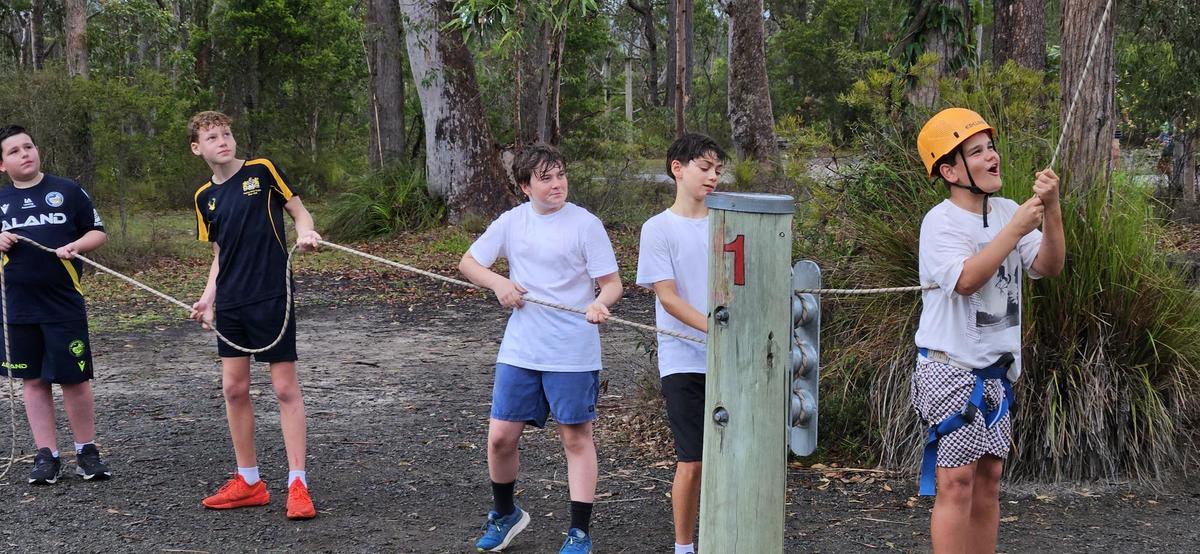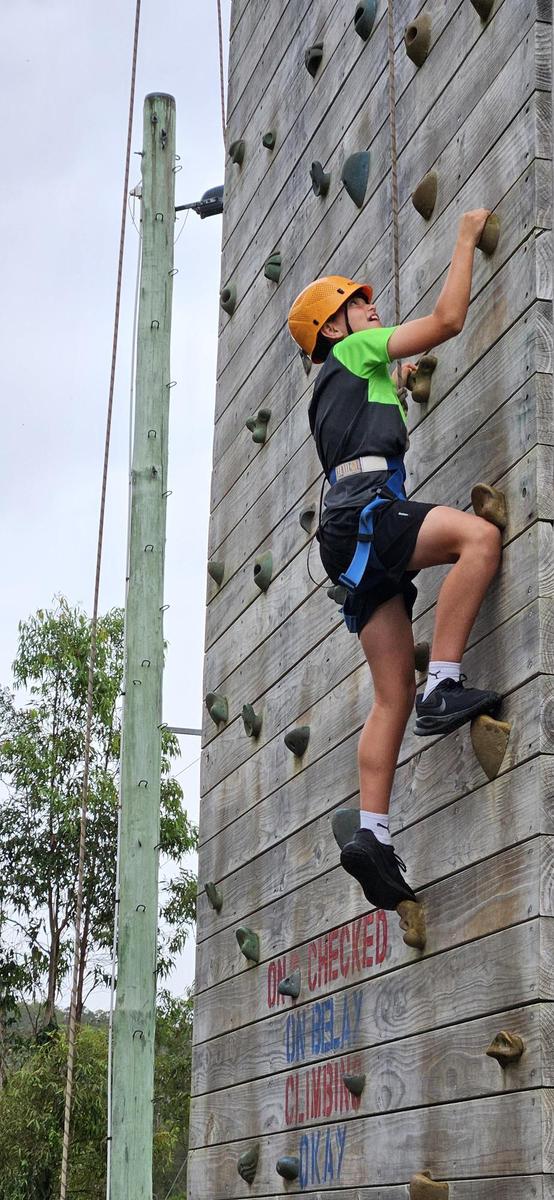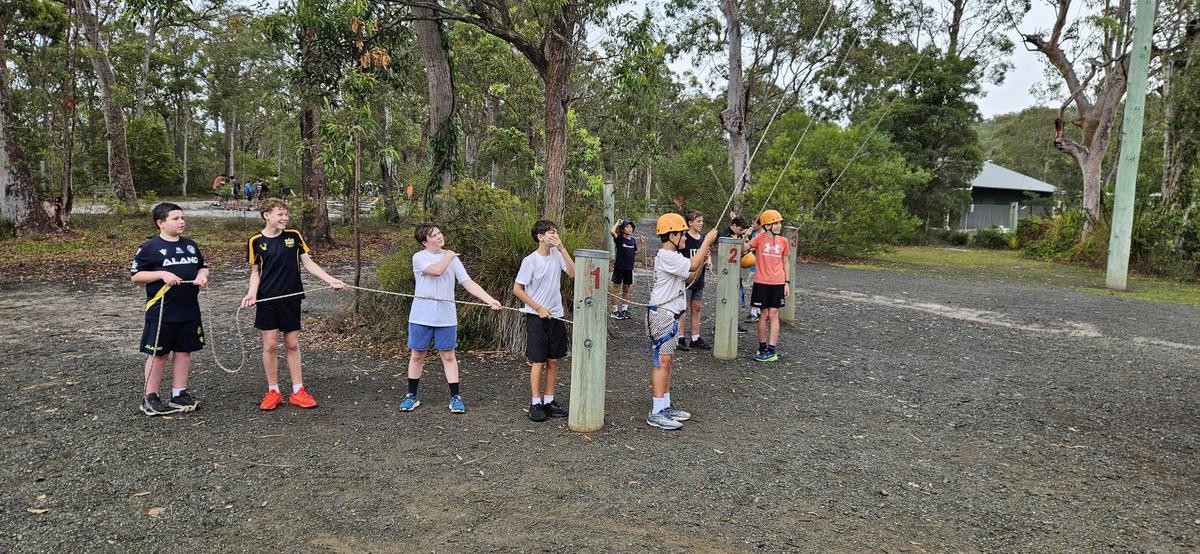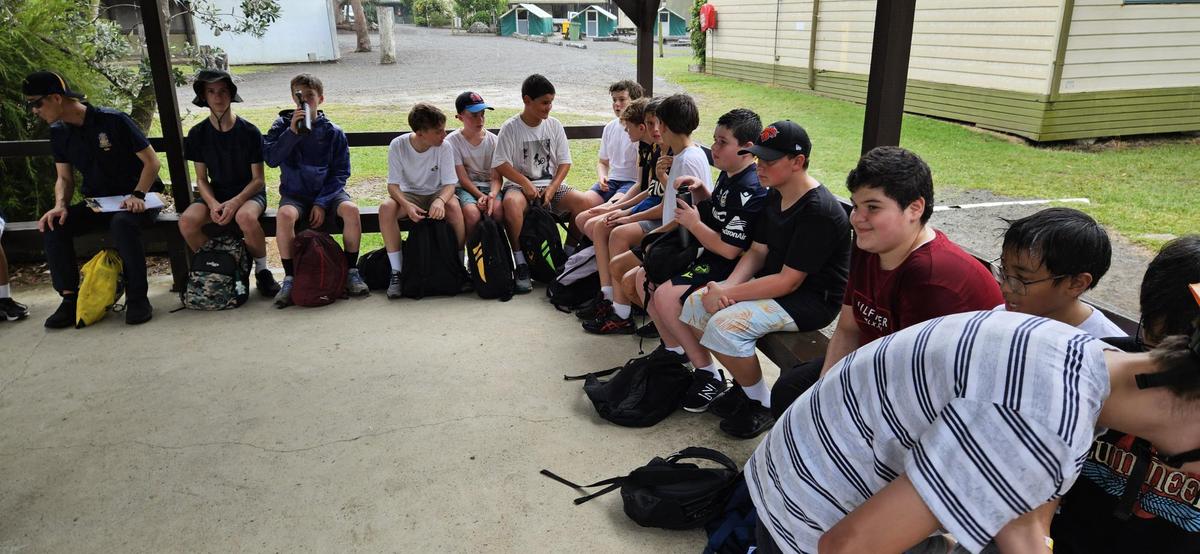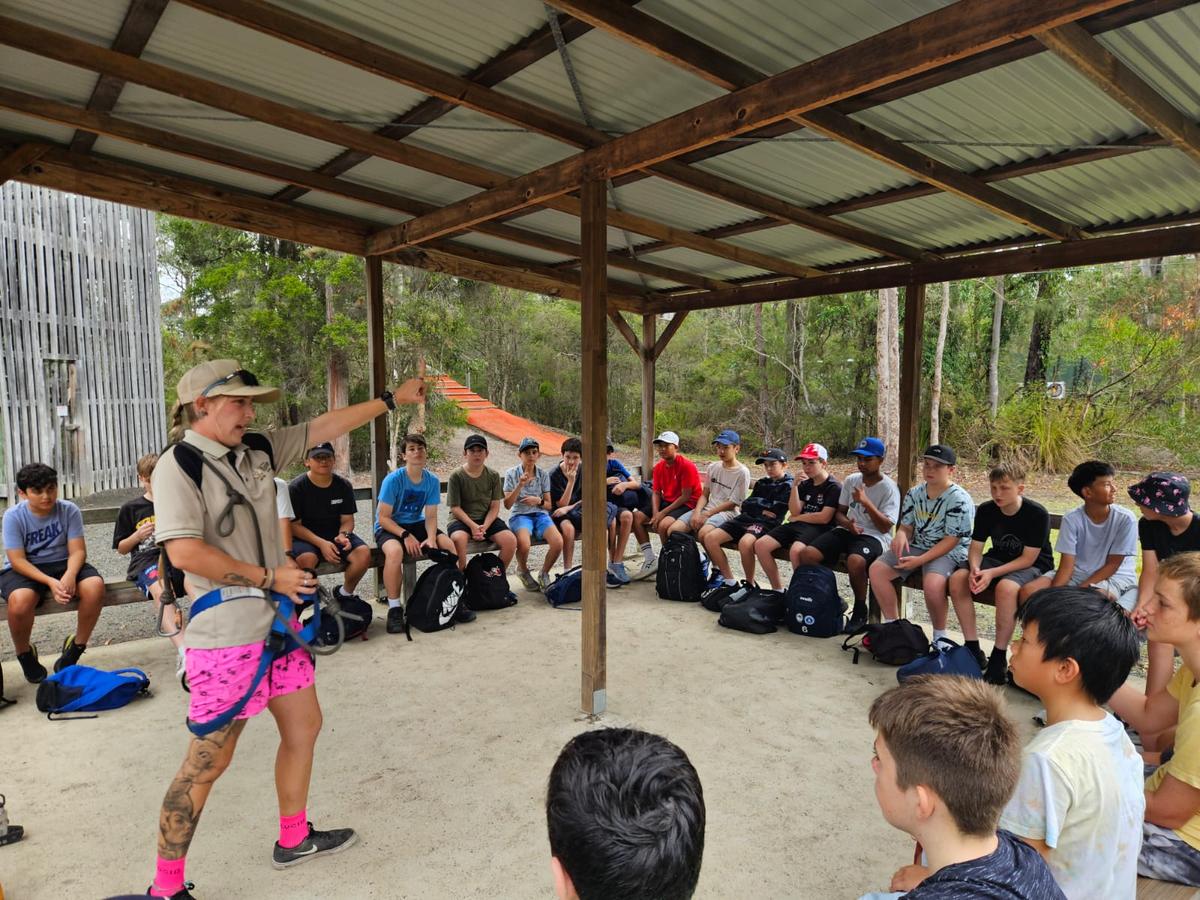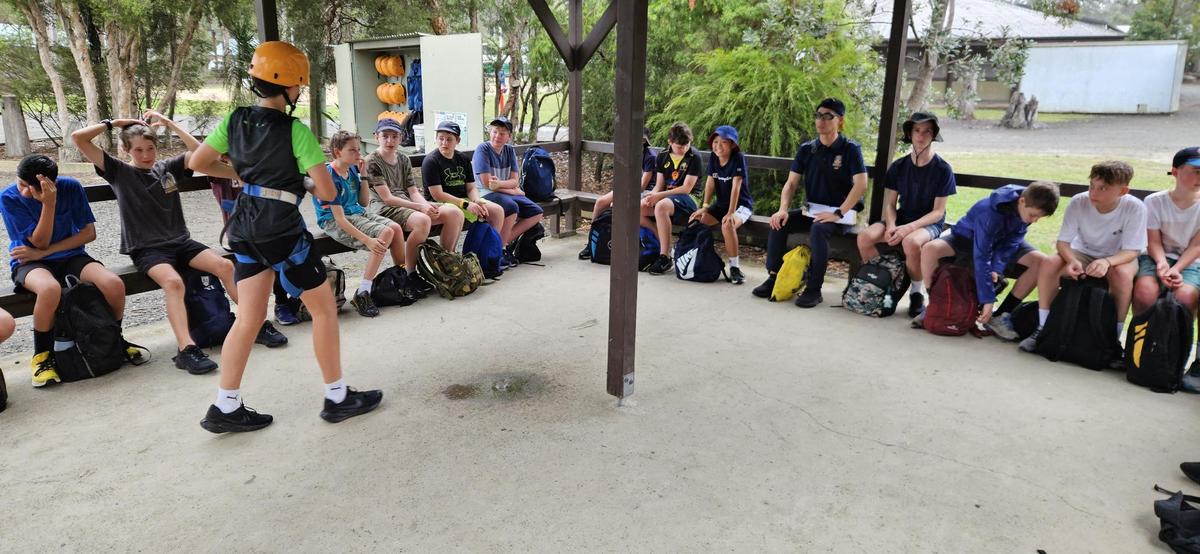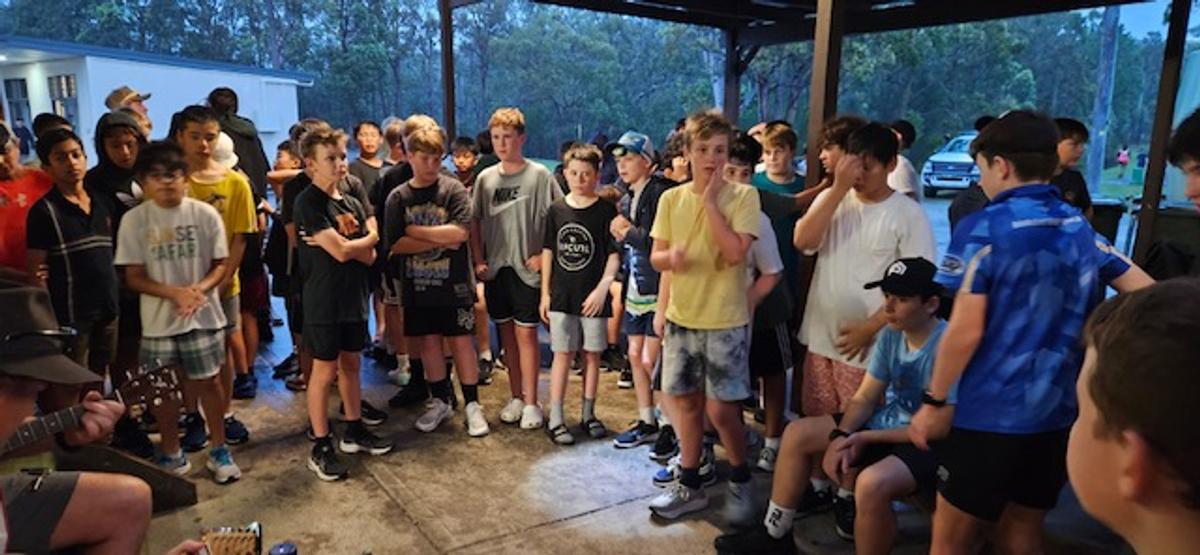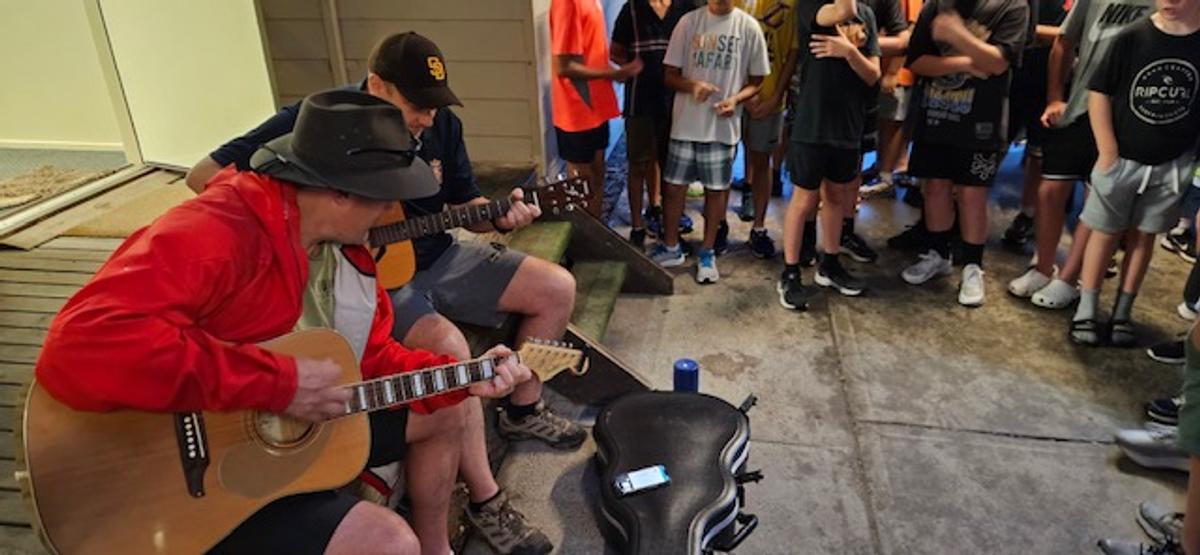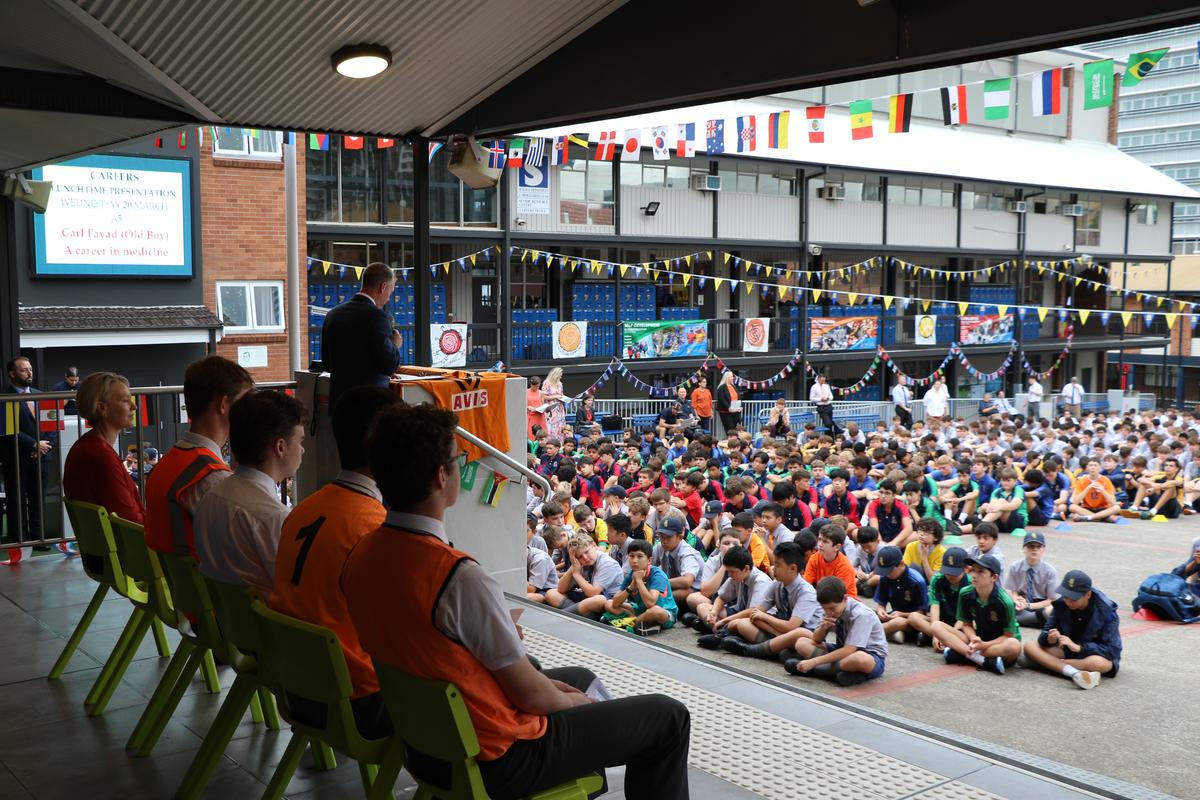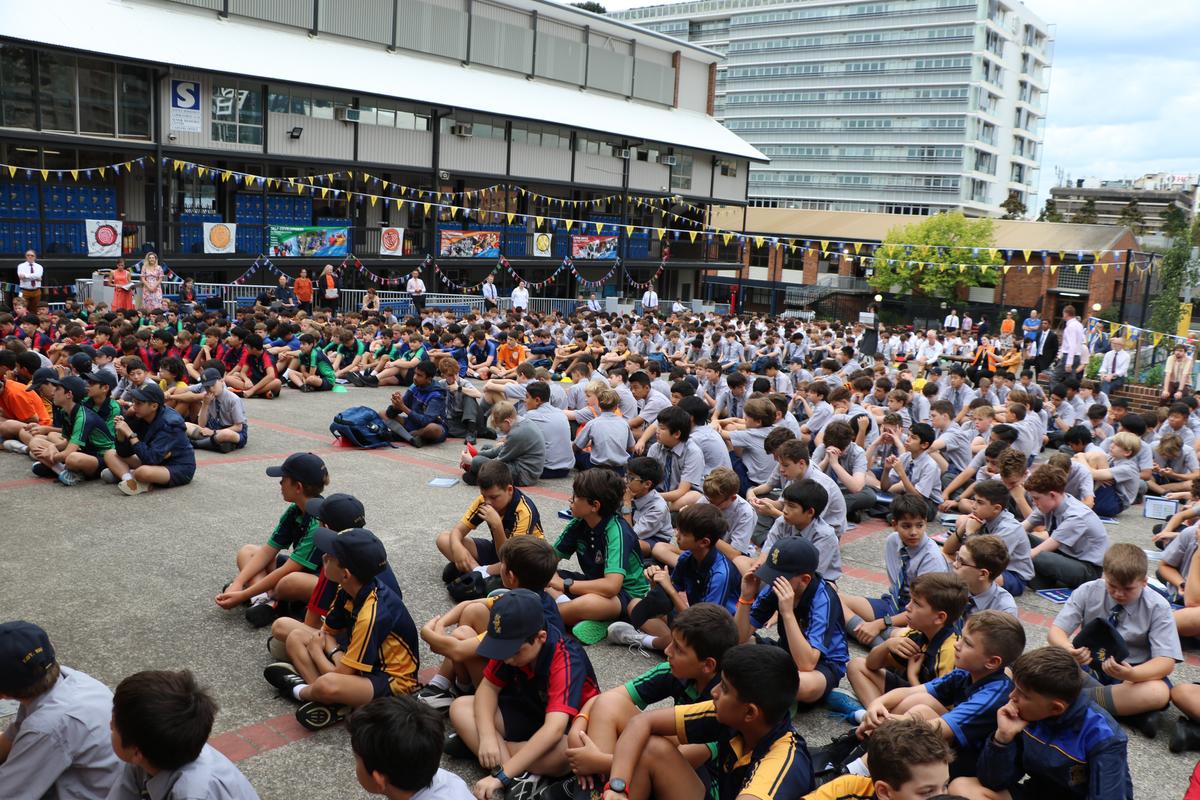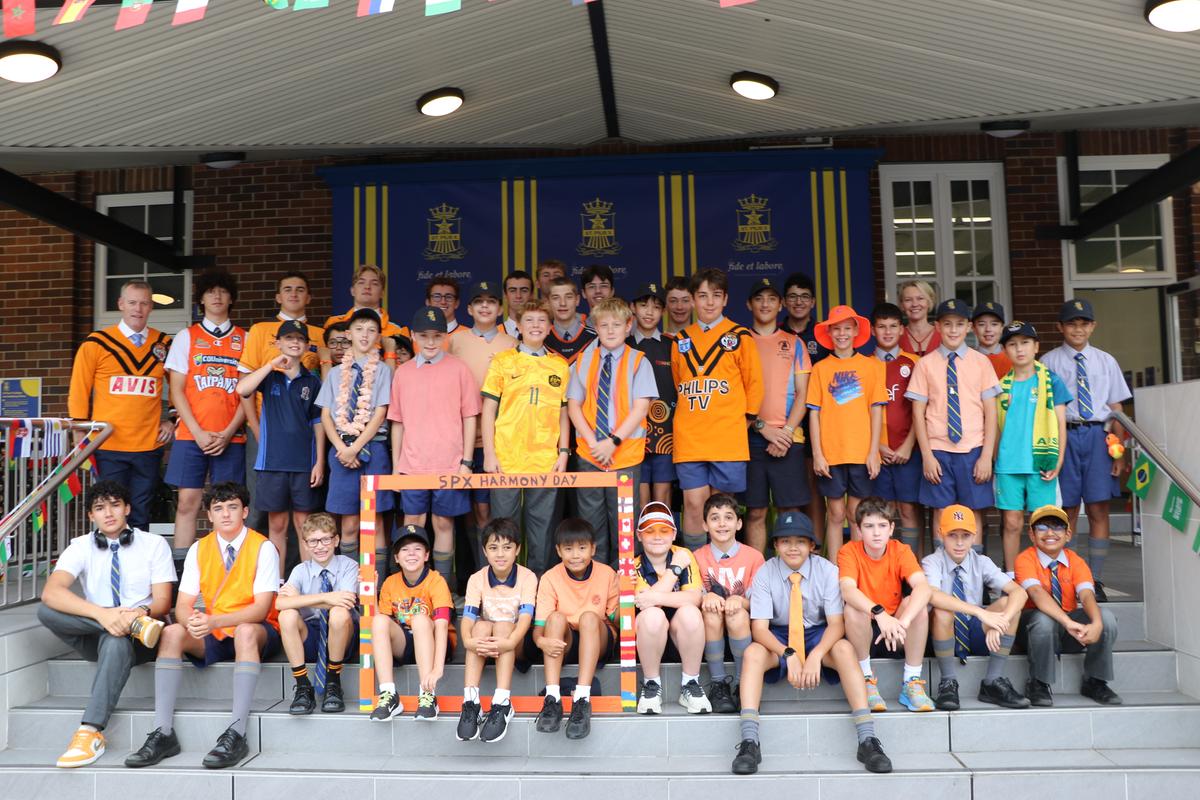Pastoral Care

- Year 7 Camp
- Harmony Week celebrations
Year 7 Camp
Thank you to our Year 7 Pastoral Care Staff attending Year 7 Camp from yesterday until Friday: Mr Ryan, Ms Van Riet, Ms Janes, Mr Reay, Mr Davies, Mr Bourke, Mr Chan, Mr Carroll, Mrs Walsh, Mr Chen and Mr Stearn. The students' engagement in all the growth mindset and challenge by choice activities is a great step in their path to resilience and strength. Initial feedback is that the journey to Tea Gardens was smooth, and excited students are ready to test their skills and demonstrate courage and perserverance.
We look forward to hearing their great stories of overcoming the challenges of camp upon their return.
Harmony celebrations
The Department of Home Affairs leads national celebrations for Harmony Week to recognise diversity and inclusion activities that take place during the entire week. Harmony Week is celebrated during the week (Monday to Sunday) that includes 21 March, which is the United Nations International Day for the Elimination of Racial Discrimination.
Since 1999, more than 80,000 Harmony Week events have been held in childcare centres, schools, community groups, churches, businesses and federal, state and local government agencies across Australia.
What is Harmony Week? 18 -24 March
It is a time to celebrate Australian multiculturalism, and the successful integration of migrants into our community.
Australia is one of the most successful multicultural countries in the world and we should celebrate this and work to maintain it.
Harmony Week is about inclusiveness, respect and belonging for all Australians, regardless of cultural or linguistic background, united by a set of core Australian values.
Why orange?
Orange is the colour chosen to represent Harmony Week. Traditionally, orange signifies social communication and meaningful conversations. It also relates to the freedom of ideas and encouragement of mutual respect. Australians can choose to wear something orange during Harmony Week to show their support for cultural diversity and an inclusive Australia.
Our cultural diversity
Australia is a vibrant and multicultural country - from the oldest continuous culture of our first Australians to the cultures of our newest arrivals from around the world.
Our cultural diversity is one of our greatest strengths and is at the heart of who we are. It makes Australia a great place to live.
An integrated multicultural Australia is an integral part of our national identity. All people who migrate to Australia bring with them some of their own cultural and religious traditions, as well as taking on many new traditions. Collectively, these traditions have enriched our nation.
Facts and figures
There are some fascinating statistics about Australia's diversity that can be good conversation-starters:
- nearly half (49 per cent) of Australians were born overseas or have at least one parent who was
- we identify with over 300 ancestries
- since 1945, more than 7.5 million people have migrated to Australia
- 85 per cent of Australians agree multiculturalism has been good for Australia
- apart from English, the most common languages spoken in Australia are Mandarin, Arabic, Cantonese, Vietnamese, Italian, Greek, Tagalog/Filipino, Hindi, Spanish and Punjabi
- more than 70 Indigenous languages are spoken in Australia
These facts are taken from ABS 2016 Census Data. Check out the Australian Bureau of Statistics website.
Mr Martin Gillogly - Assistant Principal, Pastoral Care

